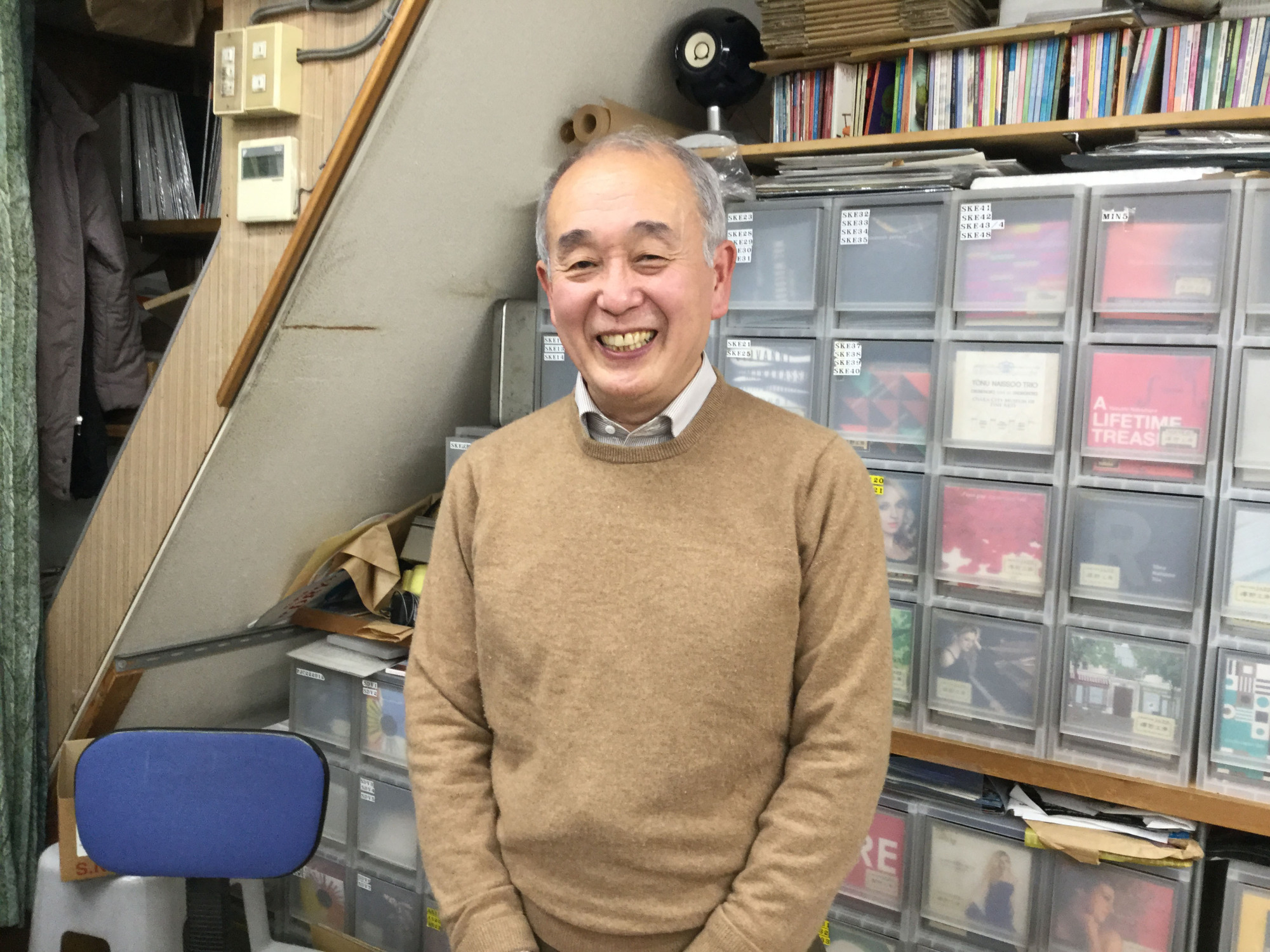It's a December afternoon but an unseasonal humidity has descended over Shinsekai, an iconic commercial district in Osaka that's been around for over a century. "Shinsekai," meaning "new world," seems an ironically fitting title to the area's graying, retro streets. They proffer a nice contrast to the glittering monuments to high-tech standing just beyond the district.
A woman, elaborately clad in a vintage kimono, takes advantage of the unusually warm weather and sashays down the Shinsekai main market street, while the team of women working the counter at a meat shop cast eyes at her retreating figure before exchanging knowing smiles. Despite becoming an old-school area, Shinsekai still has something dramatic about it, and the locals seem too interesting to be ordinary citizens.
In a narrow alley across from the meat shop stands Sawano Kobo, a store whose history goes back as far as Shinsekai itself. There's something staged about the shopfront, not to mention a little confusing. The shop's banner sign informs you that this is a place of "handmade jazz," yet the wares on display are shoes and sandals, but mostly geta (Japanese traditional sandals).



















With your current subscription plan you can comment on stories. However, before writing your first comment, please create a display name in the Profile section of your subscriber account page.